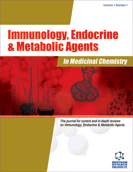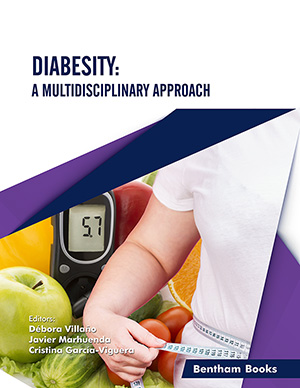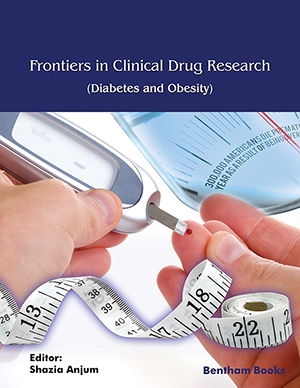Abstract
Diabetes mellitus is associated with a significant and complex pathology involving a large number of secondary cellular and subcellular changes. Most organ functions are impaired resulting in clinical manifestations such as retinopathy, impaired wound healing, and accelerated atherosclerosis, nephropathy and neuropathy. With regard to vascular changes, the situation seems paradox: There is enhanced angiogenesis, such as in the context of proliferative retinopathy or atherosclerotic plaque angiogenesis. On the other hand, arteriogenesis and collateral artery growth is reduced in diabetes mellitus, which is associated with reduced regional organ perfusion. Likewise, wound healing is impaired in diabetes on the basis of reduced angiogenesis. This coexistence of enhanced and impaired neovascularization in diabetes mellitus is defined as the angiogenic paradox. This review is focusing on the different vascular complications of diabetes mellitus, and presents a unifying hypothesis for explaining the angiogenic paradox: The response to vascular growth factors (lead example: VEGF) is impaired in diabetic conditions, secondary to an impaired responsiveness of their receptor systems. The molecular defect is likely to be located within the signal transduction system either downstream of the receptor (“signal transduction defect”) or at the level of the receptor itself. Under specific pathological circumstances that allow the prolonged accumulation of the ligand (VEGF), such as in the eye or within an atherosclerotic plaque, pathological angiogenesis may be induced.
Keywords: Diabetes mellitus, angiogenesis, arteriogenesis, growth factors, signal transduction, diabetic retinopathy, vasa vasorum, coronary collaterals
 19
19








